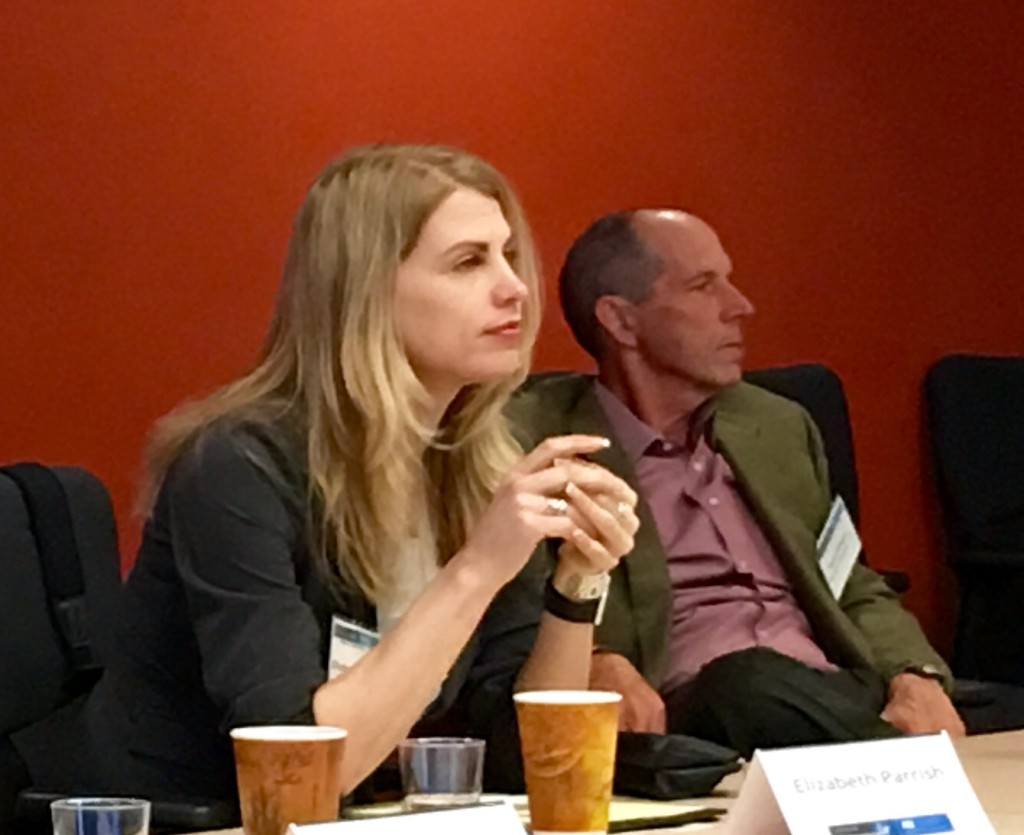
In 1916, the life-expectancy for males was 49.6 years. Women could expect 54.3 years. In 2016, those numbers have increased by approximately 55%. However, consider the possibility of a 100% increase. When asked about how long they would like to live, 29% of 50,000 people surveyed would like to live 120 years, according to author and entrepreneur David Ewing Duncan, the opening speaker at the Center-hosted workshop on Anti-Aging held on February 26, 2016 in Scottsdale, AZ.
Many of the workshop attendees have an agenda to live longer than current statistics. This is a group invested in finding ways to not just live longer but to do so without the weight of disease and other debilitating impediments. For these folks not much is out of the realm of consideration, including targeted drug therapies, state of the art prosthetics and computer uploading in order to extend their (and others’) lives on this planet.
However, Nir Barzilai, leader of the TAME study and Director of the Institute for Aging Research at the Albert Einstein College of Medicine, explained that focus should be on “healthspan” not “lifespan.” The distinction is that lifespan without healthspan is not an optimal scenario. Healthspan is a win-win for both the individual and society: the individual lives a healthier, thereby longer, life at a cost-saving to society. A side effect of healthspan is lifespan but lifespan is the by-product, rather than the end sought. Indeed terminology in this area is key — especially when negotiating with government agencies. Anti-aging, is often viewed with skepticism and as something unattainable, whereas age delay in order to increase healthspan is a more efficient and realistic way of putting the issue before an audience.
So how does one delay age in order to achieve healthspan? Lewis Gruber, CEO and Chief Scientific Officer of SIWA, believes removing senescent cells from our bodies is one step, or giant stride, toward achieving that goal. Cells in our bodies divide through the course of our lives, renewing our systems, including our organs, muscles, and blood vessels. However, over time, chromosomes in those cells lose their telomeres. Telomeres are like protective tails on the end of chromosomes. A cell whose chromosomes has telomeres that are too short, becomes “senescent.” Senescent cells accumulate with age and poison nearby tissue contributing to and resulting in disease. Gruber is developing how to remove damaging senescent cells via pharmaceutical and vaccine therapy and is considering additional alternatives. One difficulty is navigating the regulatory pathway that must be followed for U.S. Food and Drug Administration (FDA) approval of drugs.
The FDA highway to drug approval was explained by Center GET Faculty Director Gary Marchant. Marchant emphasized that one way for progress to be made in the area of age delay, is for aging to be recognized as a disease. In the U.S., a product cannot be marketed with claims directed to improving a particular disease unless the FDA has approved it as a drug. As such, dietary supplements (eloquently summarized by Natural Products Association CEO, Daniel Fabricant) also cannot make claims regarding a disease state. Drug developers have no interest in delving into the expense of developing a drug that will ultimately not be approved as a drug because the endpoint is not a recognized disease supporting insurance reimbursement. However, if aging were recognized as a disease or indication by the FDA, then innovation would likely skyrocket in this area. Pharmaceuticals would likely be developed to treat age delay or eliminate the onset of age-related diseases like cancer and Alzheimer’s.
Marchant outlined several other options including FDA multi-endpoint approval (in other words, extending drug approvals to other conditions, once determined beneficial, expanding the area of off-label prescription to off-label marketing for certain drugs) and non-regulatory pathways, an area further explored by Richard Williams, Vice President for Policy Research, Director of the Regulatory Studies Program, and a Senior Research Fellow at the Mercatus Center at George Mason University. Williams outlined several non-FDA avenues to streamline access to potentially beneficial therapies in light of the current FDA drug-approval process. Center Faculty Fellow, professor and author, Joel Garreau tied up the workshop speaker line-up with his famous Four Scenarios view of the future.
The Center plans to reconvene the participants in 2017 and, in the meantime, intends to produce an article on key points and issues raised at the 2016 workshop.

























